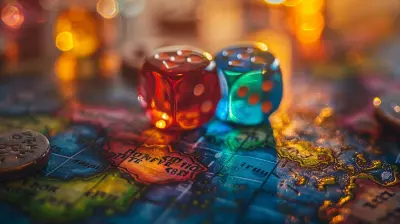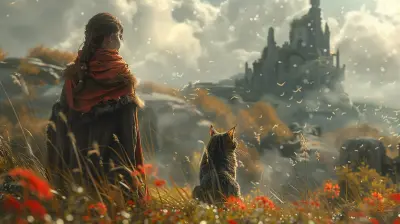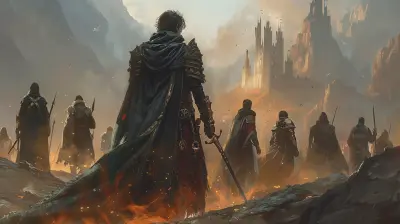Discovering New Worlds Through Game Expansions and DLC
30 October 2025
Gaming has always been about diving into new experiences. Whether it’s slaying dragons, surviving a zombie apocalypse, or building civilizations from the ground up, games give us the chance to live countless lives. But what happens when you've run through every quest, defeated every boss, and unlocked every secret? Is that the end of the journey? Not at all. For gamers, this is where expansions and downloadable content (DLC) step in and say, "Hey, we’re just getting started!"
But what makes expansions and DLC so exciting? Why do players look forward to them as much as the base games themselves? This article is all about diving into the magic of discovering new worlds and fresh experiences through game expansions and DLC packs. Grab your virtual sword (or space blaster, no judgment here), and let’s explore the universe of post-launch content! 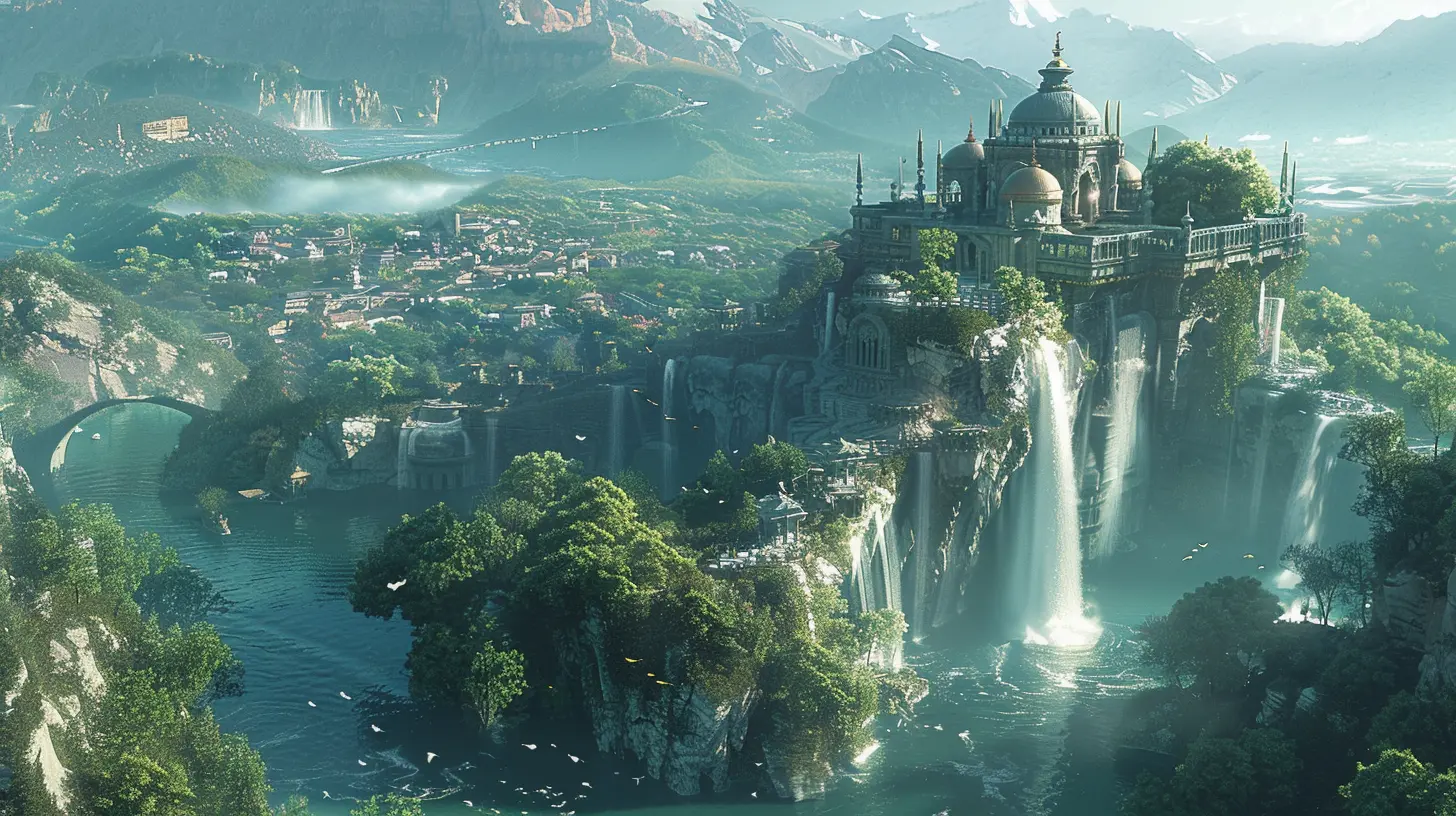
The Beauty of Game Expansions
If there’s one thing gamers love, it’s more. More storylines, more weapons, more worlds to explore. Game expansions deliver exactly that, often on a scale that feels like an entirely new game. And the best part? These expansions are usually crafted with the same love and attention to detail as the base game itself.Take, for instance, The Witcher 3: Wild Hunt. Now, this game is already a beast on its own. But then came the expansions: Hearts of Stone and Blood and Wine. These weren’t just extra missions slapped together. Oh no, they were full-fledged adventures. Blood and Wine even introduced an entirely new map, Toussaint, with its sun-soaked vineyards and lurking mysteries. It felt like stepping into a new dimension, yet it was still connected to the main game.
Expansions like these make you feel like you’re revisiting a world you know and love, but with fresh lenses. It’s like returning to your favorite vacation spot after years and finding hidden gems you never knew existed. 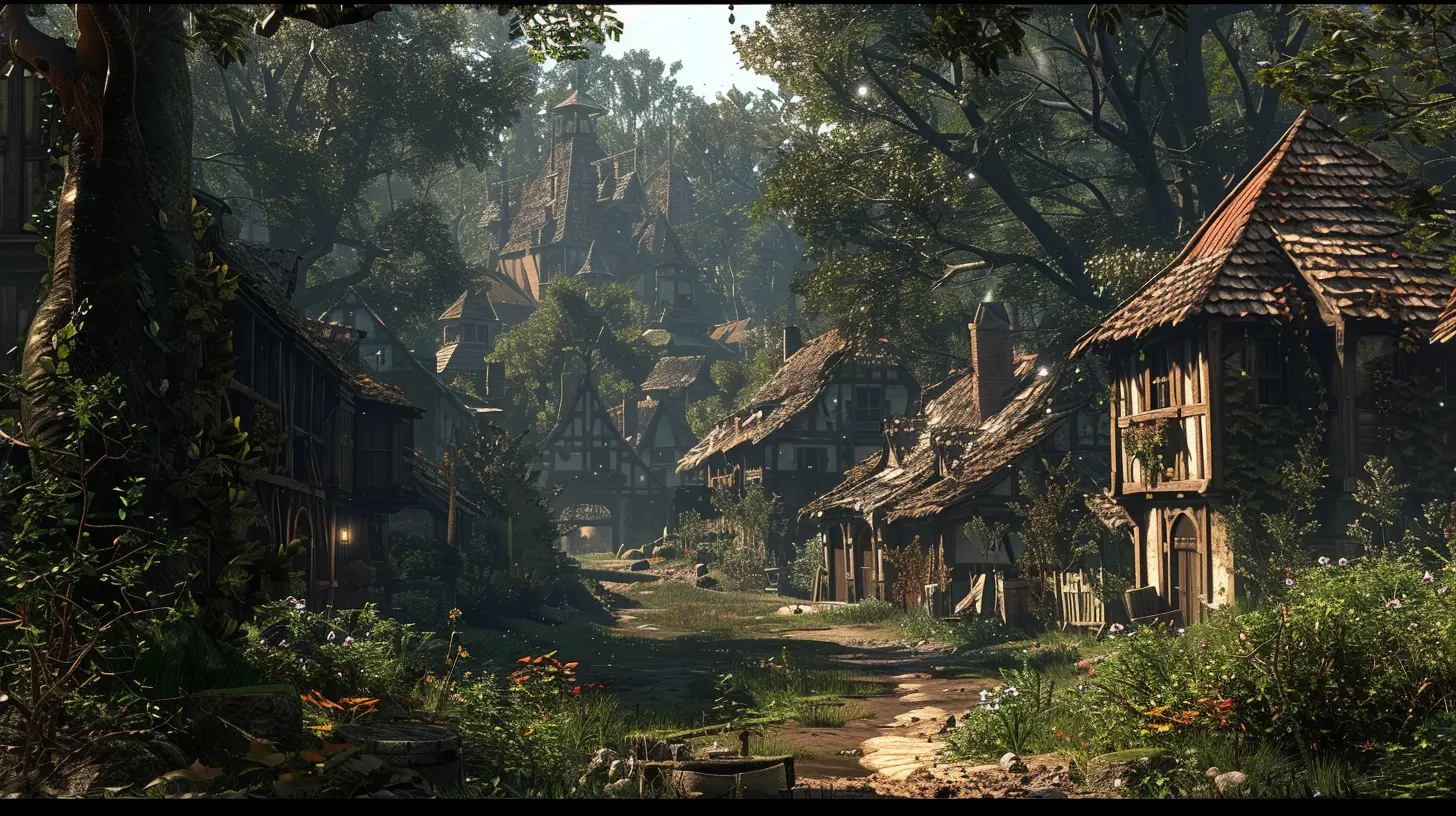
DLC: The Bite-Sized Power-Up
While expansions give us a giant buffet of new content, DLC (downloadable content) is more like a series of tasty snacks. But don’t let their size fool you—DLC can add just as much value.Think of DLC as the cherry on top of your gaming sundae. It might be a new outfit for your character, a weapon upgrade, or even a quirky side story. In games like The Sims 4, DLC packs introduce everything from new furniture to career options, letting players customize their virtual lives in ways they never imagined.
Some DLC introduces hilarious, unexpected twists. Ever heard of The Elder Scrolls V: Skyrim’s "Hearthfire" DLC? Who would’ve thought that a dragon-slaying hero would also want to settle down, adopt kids, and build a cozy home? Yet, players ate it up because it made their experience personal.
Here’s the thing about DLC—it adjusts to your pace. Whether you want a quick thrill or a long-term investment, there’s something for everyone. It’s like choosing between binge-watching an entire TV series (expansions) or enjoying a single, feel-good episode (DLC). 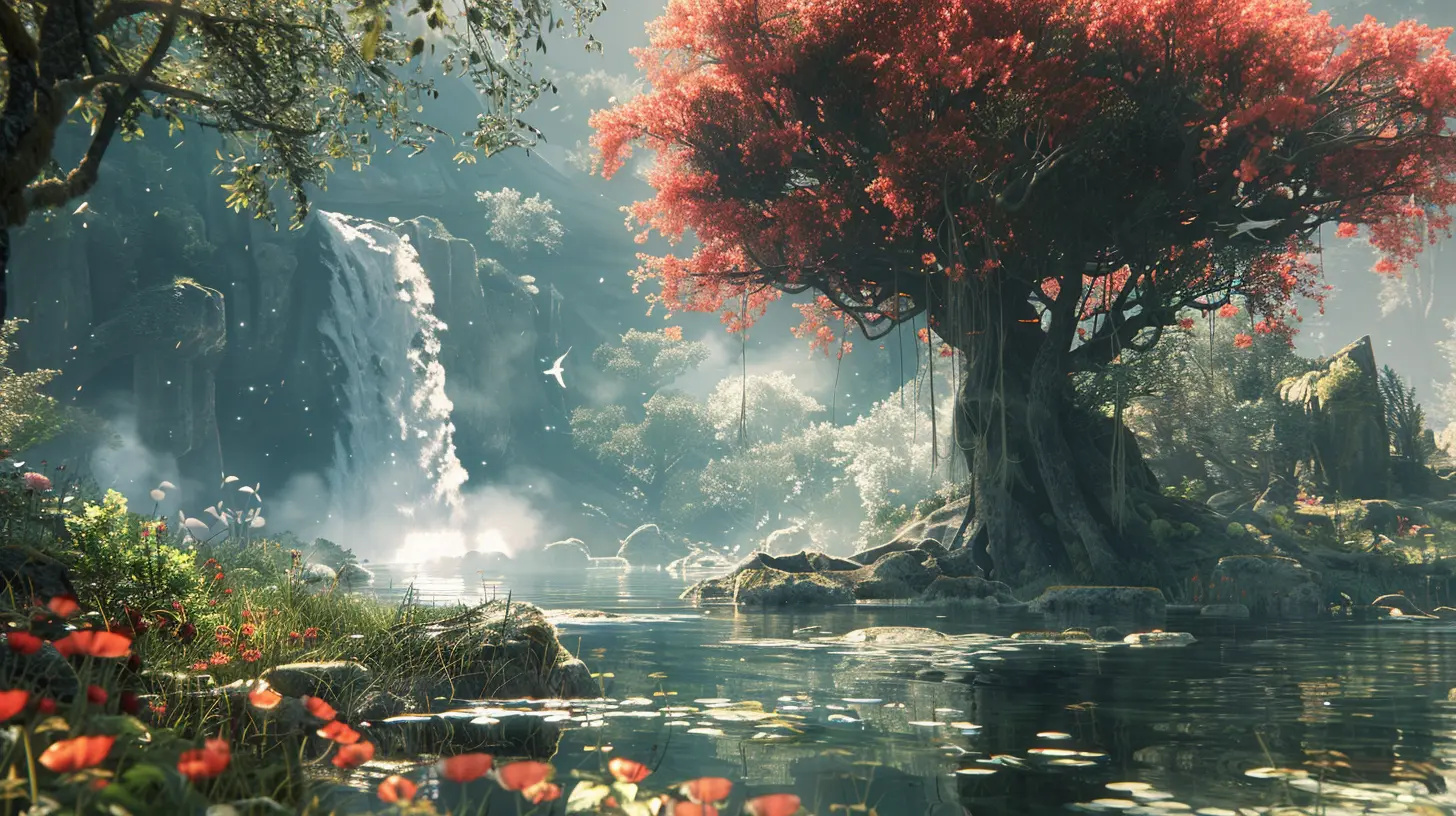
New Worlds, Fresh Perspectives
One of the coolest things about expansions and DLC is how they can change the tone or even the perspective of the game. Sometimes, they bring us the unexpected—turning heroes into villains or shining a spotlight on an overlooked character.Take Bioshock Infinite: Burial at Sea, for example. The base game wowed players with its sky-high city of Columbia, but the DLC took us to a reimagined version of Rapture, the underwater dystopia from the original Bioshock. Same series, wildly different experiences. It was like time traveling between two genres: colorful steampunk vs. noir thriller.
Then you have games like Horizon Zero Dawn, which introduced The Frozen Wilds expansion. It didn’t just expand the map; it deepened the lore. Players were introduced to new tribes, tougher machines, and an icy new biome to conquer. Expansions like this don’t just add onto the game—they reframe how you see the world. 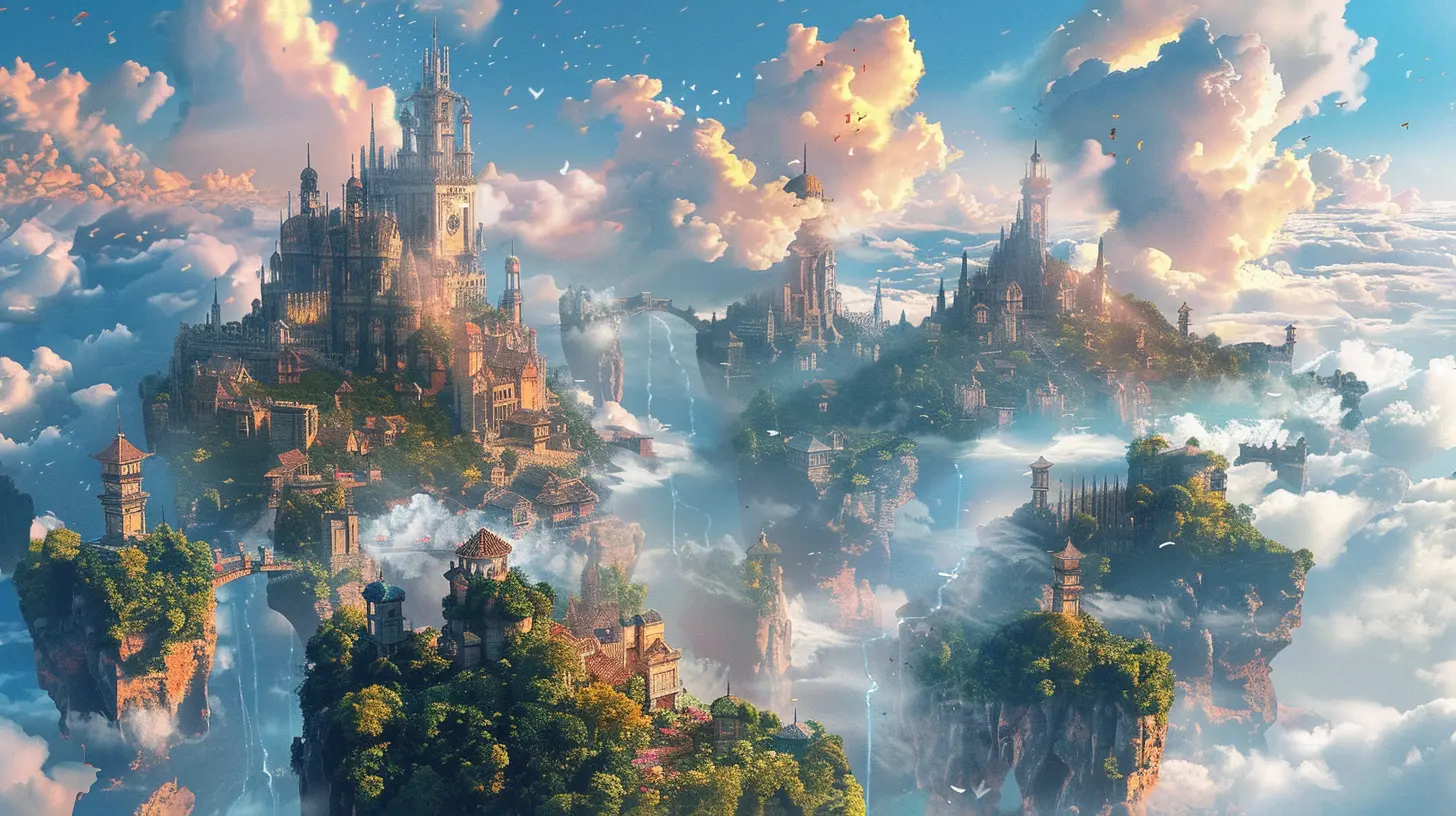
The Art of Staying Relevant
Let’s face it: the gaming world moves fast. What’s hot today might be forgotten tomorrow. Expansions and DLC give games the gift of longevity. They keep communities thriving and players coming back for more.Case in point: World of Warcraft. Talk about a game that has mastered staying relevant. Over 15 years since its release, the MMORPG (massively multiplayer online role-playing game) has survived on the back of its numerous expansions. From The Burning Crusade to Shadowlands, each expansion has added new zones, dungeons, and even whole systems that reinvent how the game is played. It’s like a phoenix that keeps rising from its own ashes.
Similarly, games like Destiny 2 and Fortnite have proven that regular content updates are the lifeblood of success. By offering seasonal DLC and expansions, they’ve turned their games into live services, keeping players glued to their screens year-round.
The Debate: Are Expansions and DLC Worth It?
Ah, here’s the million-dollar question (literally): is post-launch content worth the price? After all, DLC and expansions can range from a few bucks to near-full-game prices.The answer? It depends.
When expansions are done right, they can be worth every penny. They offer depth, replayability, and a whole new reason to fall in love with a game. But let’s not ignore the flip side. Some DLCs have been labeled as cash grabs—content that feels rushed or should’ve been included in the base game to begin with. Who remembers the infamous horse armor DLC in The Elder Scrolls IV: Oblivion? It became a meme for being overpriced and underwhelming.
Ultimately, the value of expansions and DLC boils down to the trust between developers and their community. When devs listen to feedback and deliver quality content, players are more than happy to throw their wallets at the screen.
What Makes a Great Expansion or DLC?
Here’s what separates the legends from the forgettable:1. Story Depth: A great expansion adds layers to a game’s story. It dives deeper into characters, lore, and conflicts, giving players something to sink their teeth into.
2. Meaningful Additions: It’s not about throwing random features at the wall; it’s about adding content that feels essential. Whether it’s a groundbreaking new mechanic or a feature fans have been begging for, the best DLCs add real value.
3. Passion for the Game: Players can tell when developers have poured their hearts into an expansion. Look at how much love CD Projekt Red poured into Blood and Wine. That’s the gold standard.
The Future of Expansions and DLC
With gaming technology advancing by leaps and bounds, the potential for expansions and DLC is endless. Imagine entire worlds being added to your favorite games via VR updates. Or games that evolve based on your personal playstyle, creating DLC tailored to you.We’re already seeing glimpses of this future. Games like No Man’s Sky have redefined what post-launch updates can look like. Hello Games didn’t just slap a few new features onto their space exploration game—they completely revamped it, transforming it from a controversial launch to a beloved masterpiece.
As developers continue raising the bar, we can only expect even bigger, better, and more immersive expansions in the years to come.
Final Thoughts
Expansions and DLC are the unsung heroes of gaming. They keep our favorite adventures alive, surprise us with new challenges, and let us stay in the worlds we’ve grown to love, just a little bit longer. Whether it’s through epic storylines or quirky add-ons, these post-launch gems prove that sometimes, the best parts of a game are the ones you weren’t expecting.So, the next time you’re nearing the end of a game, don’t feel too sad. Chances are, there’s an expansion or DLC just waiting to drop and take you on yet another unforgettable journey.
all images in this post were generated using AI tools
Category:
Downloadable ContentAuthor:

Emery Larsen
Discussion
rate this article
1 comments
Thor Brown
Excited to explore how expansions redefine our gaming experiences!
November 15, 2025 at 3:31 PM

Emery Larsen
Thank you! Expansions truly open up new dimensions in gaming, enhancing our adventures and experiences!
